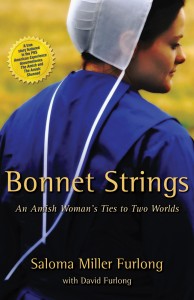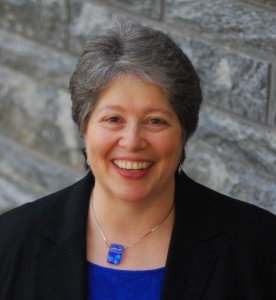It’s back. You know … the manuscript I sent to my editor a few weeks ago. Although there were a number of beta readers who read it after I wrote the first draft, this time things feel very different. When I sent it out to Kathy, Shirley, Jane, Judy, Kevin, Bill and Sue, early in the year, I was excited at having gotten that far. I knew my story needed lots of work. But I also needed a sense of what it could be. Why go on if it wasn’t going to be a story that people would want to read?
Their verdict, in all cases, went something like this, “Powerful story. Send it to a developmental editor.”
After many months of tearing it apart, deleting, adding new material, and putting it back together again, I sent it out to Dave Malone, who has a great reputation for his work in helping writers look at the “Big Picture.” Last week he sent me a fifteen page document with his comments, accompanied by my manuscript with more detailed comments.
At first I was overwhelmed. When I sent the manuscript out to him, I was totally sick and tired of my story. I had a few thoughts about killing it off and moving on to something else.
Okay, I’ll start painting again. Maybe I’ll go back to writing poetry. I’ll start working on my bucket list. I still have that urge to visit Mongolia. What about going back to Africa and taking Bill with me this time, so he can see the elephants living in the wild where they belong?
But still, there was that silly, naive hope that I was just tired, and that this highly recommended editor would think my book was perfect. 🙂
Thankfully, Dave started his comments with, “I have a lot of feedback for you, and despite how intensive it may be, know that I believe in your memoir, and I do hope you continue moving forward with it to publication.”
He added other wonderful compliments and commendations, but it was the rest of what he had to say that gave me pause and an increasing ache in my already tempestuous stomach.“Delete this; delete that; show, don’t tell; add more of this and less of that.”
I set it all aside for a few days, worked in the garden, spent some time with friends, and had a great massage.
All along I knew there was no killing it off, going back to Africa, painting, or writing poetry. At least for the moment. I picked up Dave’s comments and reread them. The “big picture” I’d had in mind was willing to change a bit.
I liked much of what he suggested … like choosing a different starting chapter and eliminating a lot of stuff that is unnecessary and repetitive. But there are other things I still don’t agree with him on. Perhaps as I start rewriting again, I’ll change my mind about those things and begin to see his point of view. But maybe I won’t. I have the major puzzle pieces of my story before me and hopefully I can put them back together in a way that makes sense to all of my future readers.
To his comments, Dave graciously added: “What I say is NOT the law. Merely suggestions (though confident ones nonetheless). You must own your changes; you must own your edits.”
As I begin the next stage of my process, I’m taking all of his words seriously. I’m staying open, letting go of expectations, and dancing with my muse. I’m allowing myself to take my time. I’ll continue to take risks, make mistakes, and start all over again if need be. After all, that’s what life is all about.
Do you allow yourself to risk making mistakes? How do you react to what you consider failure?
The Winner of Last weeks Book Give Away of Bonnet Strings, An Amish Woman’s Ties to Two Worlds, by Saloma Miller Furlong, is Dorothy Sander, over at Aging Abundantly.







